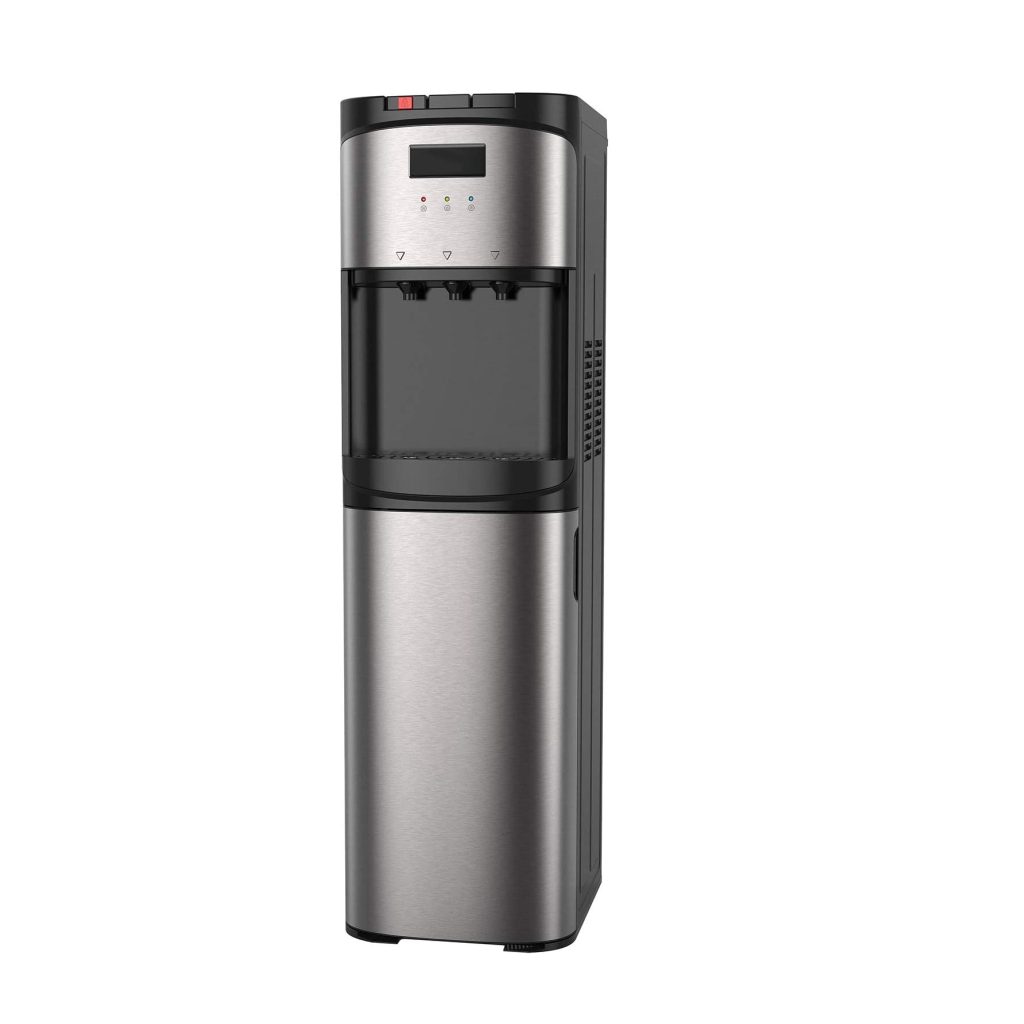Water dispensers can be very useful to use in any household. They come with a myriad of advantages like not wasting time making boiling water, and promoting healthier drinking. They also decrease the number of bottles with small sizes that get scattered around.
They’re powered by electric power and come with tanks (or tanks) that can be used for hot and cold water, as well as a refrigerating system as well as a heater. Additionally, they come with the latest hygiene features that can prevent cross-contamination.
UV Filtration
Ultraviolet (UV) system for water purification utilize UV rays for killing the parasites, bacteria, viruses and other microorganisms harmful to health that could cause water contamination. They’re fast, simple to clean, and do not have any affect on the flavor of the water.
UV radiation passes through the outermost layer of the cell and causes damage to DNA nucleic acids in DNA within the cell. This disrupts reproduction. It becomes impossible for the body to reproduce or infect another cells.
In addition to the normal bulb replacement process, maintenance of a UV-based system is actually very low. The lamp’s UV light is shielded by a quartz sleeve that permits wavelengths to flow through while blocking other particles. The sleeve needs to be examined and replaced regularly, typically every 2 years.
The most appealing aspect of UV is the fact that it doesn’t add any chemicals to the water. Additionally, it is extremely easy to operate, making it perfect for locations that are remote or for emergencies where water needs to be cleaned and disinfected quickly. However, UV does not get rid of dissolved impurities like salts, heavy metals or chlorine from the water and must always be used in conjunction with other filtration techniques. The ideal is to have a pre-filter be utilized to ensure the water that enters the UV chamber is clean. This is essential if the water source is from an untreated water source such like a lake or well.

Carbon Filtration
Activated carbon is by far the most popular type of water filter that is used to eliminate taste and odor from water. It does this by adsorbing chemical that aren’t able to stick to water. This includes volatile organic compounds (VOCs) as well as chlorine and hydrogen sulfide, which can cause unpleasant taste and odors in drinking water.
During the adsorption process, carbon draws chemical contaminants on its surface, like a sponge absorbs the gases it holds in its pores. Carbon filters are judged by how small of the particles they eliminate in microns. When choosing a may loc nuoc uong nong lanh carbon filter, it’s best to pick one that has a small micron count to prevent removing the beneficial minerals in the water.
It’s crucial to maintain the carbon filter on a regular basis This can be accomplished by shutting off the water faucet and let it go through one of the cycles to backwash. It will prevent the growth of the growth of bacteria as well as other harmful substances from being accumulated in the hard-to-reach places of the dispenser which could lead to poor-quality and unclean drinking water. By using a filter that is clean, you will be sure you don’t see mold growth in the spout of your water dispenser, which can spread potentially harmful bacteria like Salmonella as well as E. coli.
Sediment Filtration
Sediment filters utilize mechanical filtration in order to physically prevent particles that are not needed from entering the water supply. They function as a screening doors – you would like the cool breeze to blow across your property, but you’re not wanting dirt or leaves blowing in with it.
The size of the sediment filter shows the amount of small particles it can remove from the water you drink. To give you a general idea an a 5-micron filter can remove any visible particles by the naked eye in contrast, a micron-sized filter can eliminate any particles too small to see without a microscope.
They can also block the flow of water in your domestic appliances, cutting off fixtures and valves or shortening their service life. It can also stop other filtration systems from operating in full capacity. A full house sediment filter helps keep your home operating without a hitch and also save you some money over the long term.
The majority of sediment filters are created of plant cellulose fibres. They have a large surface area, and they trap the sediment within the material’s layers. They can be pleated or string-wound, depending on the shape and type of material used. Pleated filters, also known as in accordion shape, are made up of multiple filter media layers and an extensive surface. They are also washable and reuseable. The string-wound filters feature string that is tightly wound with polyester, cotton or polypropylene string which is then wrapped in layers and wound around a central. The filters produce an inverse density, where the outer layer holds more large particles, whereas the inside layer is used to store the smaller debris.